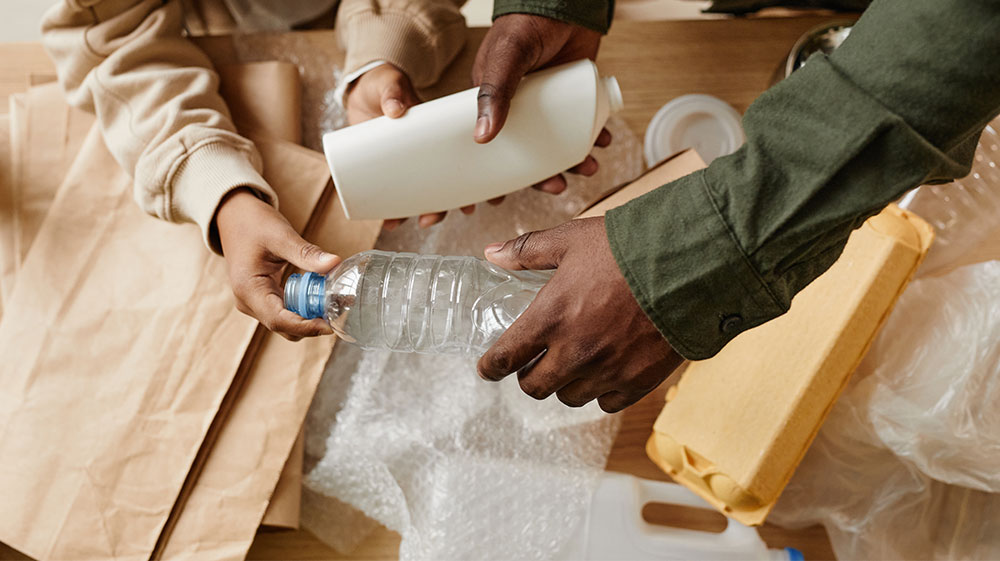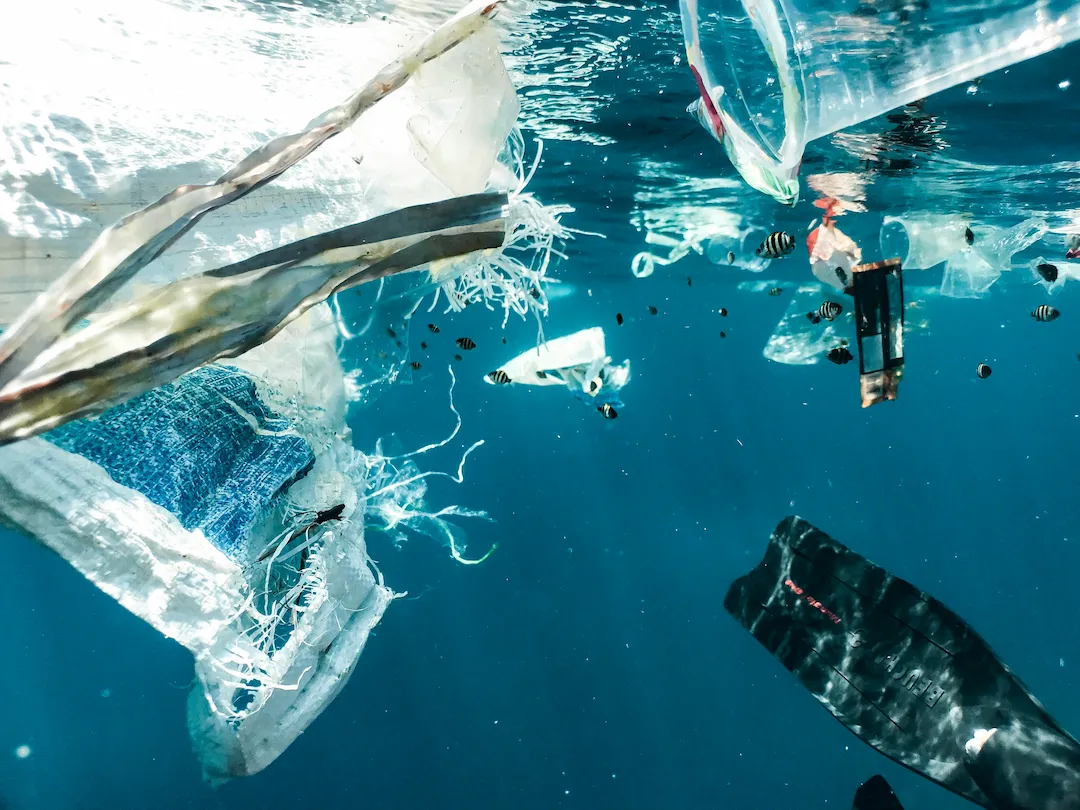 Plastic Pollution and Recycling
Plastic Pollution and Recycling

Valentine’s Day is a time to express love and appreciation for those closest to us. However, it often comes with a lot of unnecessary waste—from plastic packaging to single-use decorations and disposable gifts. According to the National Retail Federation (NRF), American consumers are expected to spend a record $27.5 billion on Valentine’s Day this year, surpassing the previous record of $27.4 billion set in 2020¹. This year, why not make your celebration more meaningful by choosing sustainable, eco-friendly alternatives? Here are simple, thoughtful, and regenerative ways to celebrate a greener Valentine’s Day.

1. Thoughtful, DIY, and upcycled gifts
Rather than purchasing mass-produced items that generate waste, try creating something unique:
- Handwritten love letters or poems – A personal way to express your feelings.
- DIY body scrubs or candles – Use natural ingredients and repurpose jars.
- Upcycled crafts – Turn old fabric into a tote bag or create a recycled photo album.
2. Sustainable and ethical gifts
Consider these eco-friendly options:
- Ethical jewellery – Choose sustainably sourced or second-hand pieces.
- Potted plants – A lasting alternative to cut flowers.
- Fair-trade chocolates – Support ethical farming practices.
According to WWF, cocoa farming is responsible for 70% of deforestation in West Africa².
3. Zero-waste gift wrapping
Traditional gift wrap often ends up in landfills. Opt for:
- Reusable fabric wraps (like furoshiki, a Japanese wrapping cloth).
- Newspapers or magazines for a recycled touch.
- Decorative tins or baskets that can be reused.
A study by Our World in Data found that packaging is the source of 40% of the planet’s plastic waste³.
4. Experience-based celebrations
Rather than exchanging material gifts, consider planning an experience together:
- A nature walk or picnic – Enjoy the outdoors.
- A homemade dinner date – Cook a meal with locally sourced ingredients.
- A volunteering activity – Give back to the community.
A study from the University of Texas at Austin found that individuals reported higher levels of happiness when engaging in experiential purchases, such as attending events or dining out, compared to acquiring material goods like clothing or jewellery⁴.
5. Sustainable Valentine’s day cards
Instead of buying paper cards, try:
- Plantable seed cards that grow into flowers or herbs.
- E-cards or video messages to reduce waste.
- Handmade cards from recycled materials.
According to the Greeting Card Association, 145 million Valentine’s Day cards are exchanged yearly in the U.S. alone⁵.
6. Eco-friendly sweet treats
Choose treats with minimal packaging or make your own:
- Bake homemade cookies or chocolates.
- Buy in bulk to reduce packaging waste.
- Support local bakeries using sustainable ingredients.
The Ellen MacArthur Foundation reports that only 14% of plastic packaging worldwide is collected for recycling⁶.
7. Green date night ideas
Make your Valentine’s date night sustainable:
- Candlelight dinner with beeswax or soy candles.
- Support eco-friendly restaurants.
- Watch a movie at home instead of driving to a theatre.
Restaurants contribute to 11.4 million tonnes of food waste per year in the U.S., according to the National Restaurant Association⁷.
Join the movement for a sustainable Valentine’s day
Traditional Valentine’s Day celebrations often lead to excess waste, but we can change that. By joining initiatives like Plastic Bank’s Impact Membership, you can help reduce plastic pollution, protect the environment, and empower communities to build a sustainable future.Together, we can show love for both people and the planet. Visit Plastic Bank to learn more and join the tribe.
- National Retail Federation. “NRF Survey: Valentine’s Day Spending Reaches Record $27.5 Billion.” NRF, 2025 https://nrf.com/media-center/press-releases/nrf-survey-valentine-s-day-spending-reaches-record-27-5-billion
- World Wildlife Fund. “Bittersweet: chocolate’s impact on the environment.” WWF, 2017 https://www.worldwildlife.org/magazine/issues/spring-2017/articles/bittersweet-chocolate-s-impact-on-the-environment
- Our World in Data. “Packaging is the source of 40% of the planet’s plastic waste.”, 2019 https://ourworldindata.org/data-insights/packaging-is-the-source-of-40-of-the-planets-plastic-waste
- The University of Texas at Austin. “Spending on Experiences Versus Possessions Advances More Immediate Happiness”, UTNews, 2020 https://news.utexas.edu/2020/03/09/spending-on-experiences-versus-possessions-advances-more-immediate-happiness/
- Greeting Card Association. “A Valentine’s Day History Lesson”, GCA, 2017 https://www.greetingcard.org/a-valentines-day-history-lesson/
- Ellen MacArthur Foundation. “Plastics and Circular Economy Deep Dive.” EMF, 2019 https://www.ellenmacarthurfoundation.org/plastics-and-the-circular-economy-deep-dive
- National Restaurant Association. “Working to reduce food waste.” NRA, 2024 https://restaurant.org/education-and-resources/resource-library/working-to-reduce-food-waste/




